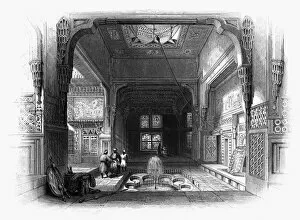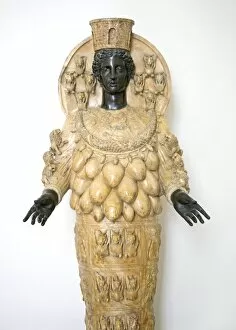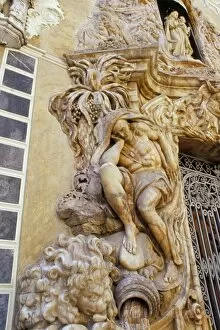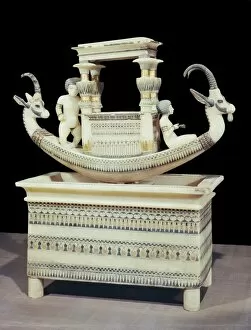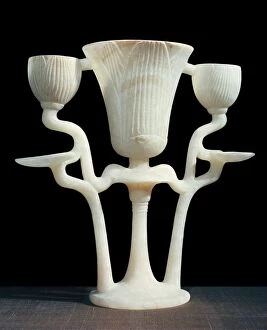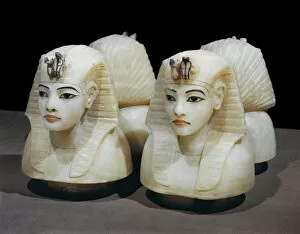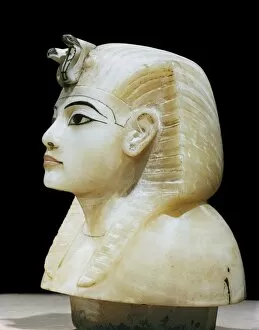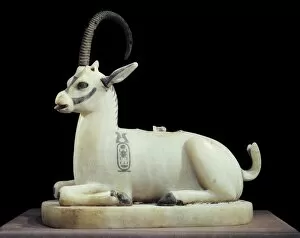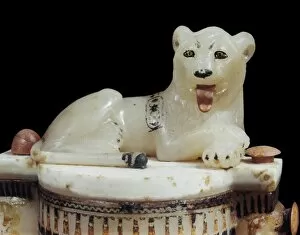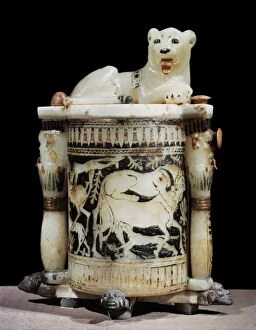Alabaster Collection (page 12)
"Unveiling the Timeless Beauty of Alabaster: From Ancient Artifacts to Modern Masterpieces" Step into a world where history and art intertwine
For sale as Licensed Images
Choose your image, Select your licence and Download the media
"Unveiling the Timeless Beauty of Alabaster: From Ancient Artifacts to Modern Masterpieces" Step into a world where history and art intertwine, as the delicate beauty takes center stage. Just like the majestic Winged Assyrian Bull that once guarded ancient palaces or the thrilling scenes of an Assyrian Lion Hunt depicted in stone relief panels, it has long been revered for its ethereal charm. Gertrude Hermes, a visionary sculptor, designer, and engraver, breathed life into this translucent stone with her masterful creations. Her alabaster statue of Queen Elizabeth I from the 16th century stands as a testament to both her skill and the enduring allure of this material. Travel back in time to Tutankhamun's tomb and marvel at an exquisite alabaster vase adorned with intricate floral garlands. Its craftsmanship reflects the reverence Egyptians held for this precious stone. Even in more recent times, alabaster continues to captivate hearts. A vibrant colour photolithograph recruiting poster after TEC transports us to 1965 when it was used as a medium for artistic expression. Delicate yet durable Sangers wax-work models showcase how artists have harnessed alabaster's versatility throughout history. These lifelike figures stand as proof that even in its solid form they can evoke emotions and tell stories. Imagine standing before Lamassu or Bull-man guarding Sargon II's Palace gate - their imposing presence carved meticulously from pure white alabaster demands awe and respect. Beyond sculptures and reliefs lie unexpected uses for this enchanting stone. The Cunard Line cabin lamp crafted from gilt brass and adorned with touches adds elegance to oceanic journeys while illuminating memories made on board.

